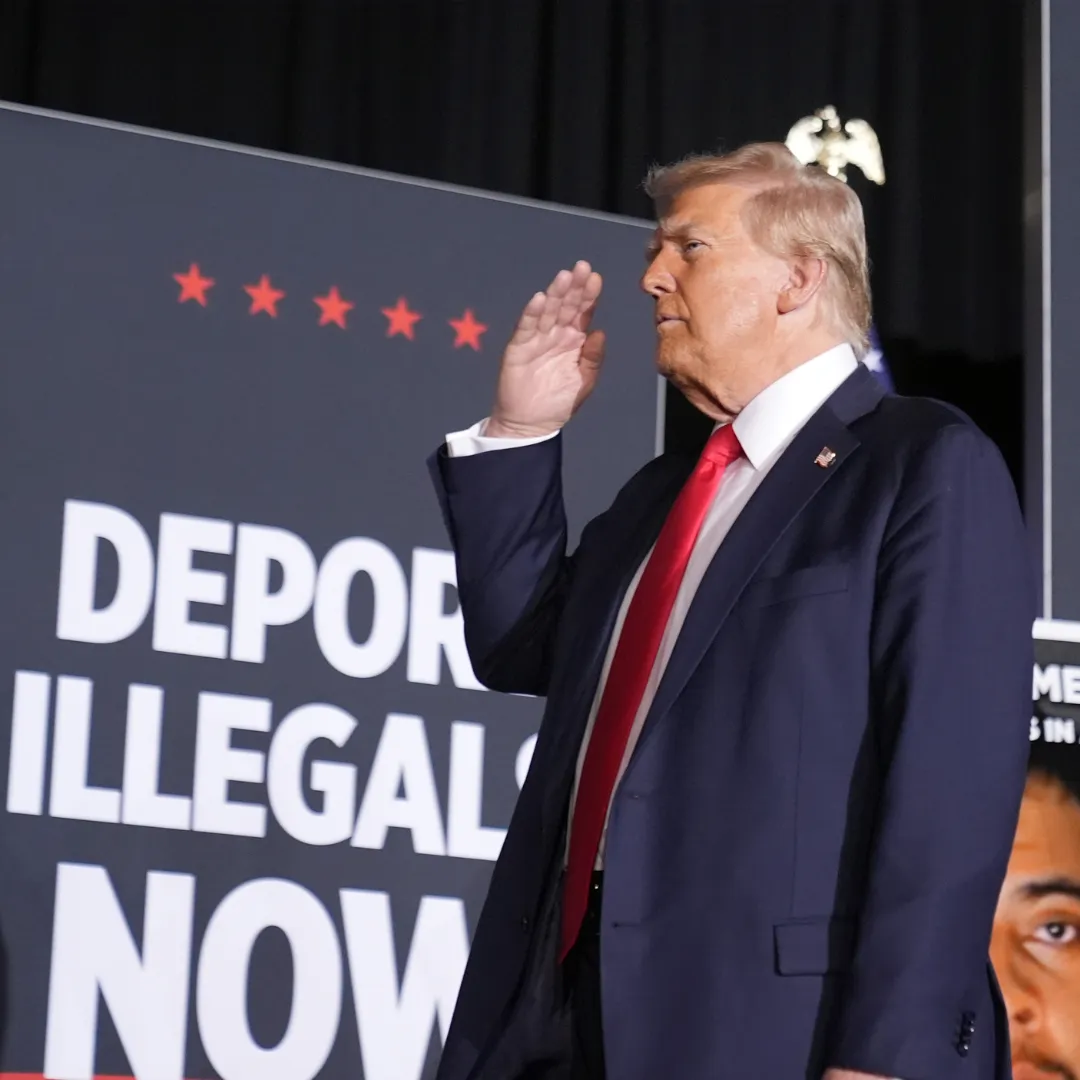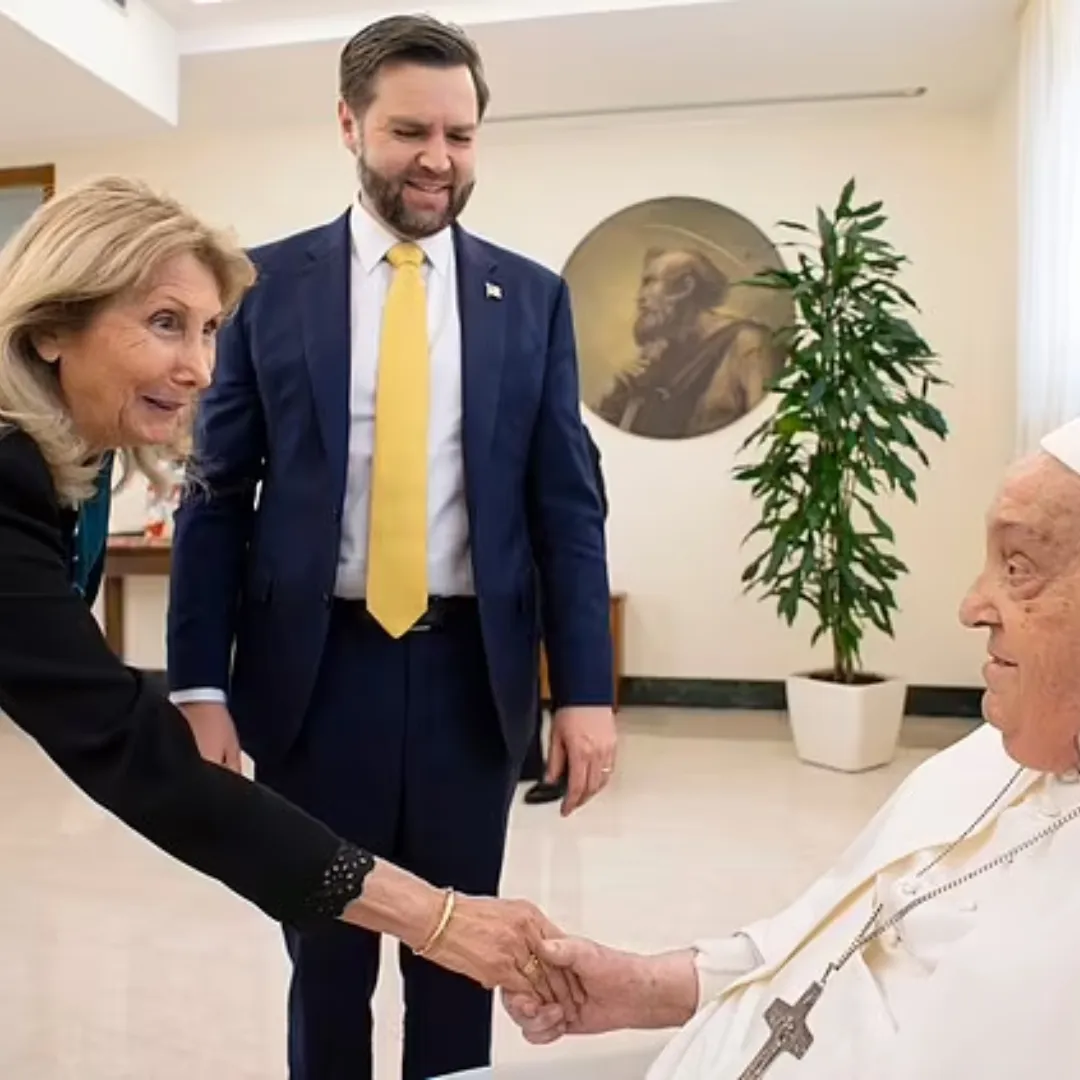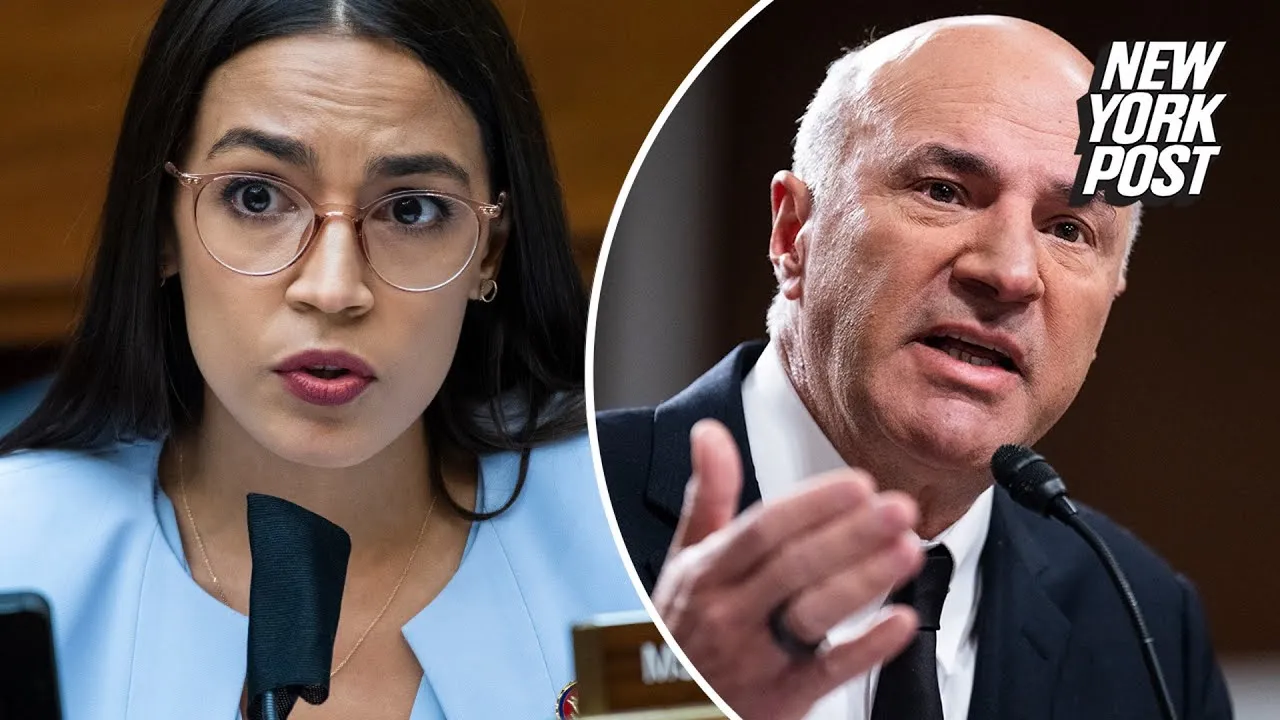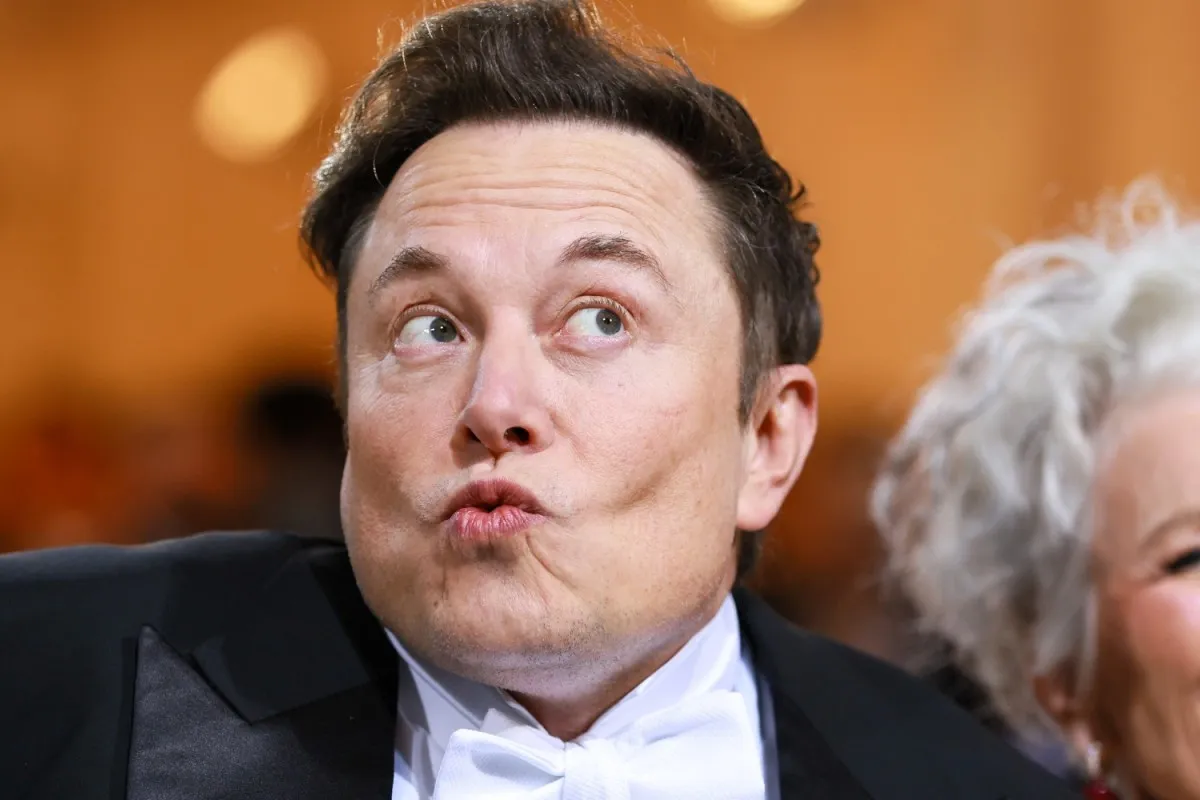
On Wednesday, President Donald Trump signed a series of executive orders aimed at significantly reshaping the American education system, addressing topics from K-12 school discipline policies to university accreditation processes.
The extensive suite of actions was unveiled in the Oval Office, demonstrating Trump's intent to roll back educational policies established under former Presidents Barack Obama and Joe Biden, particularly concerning disciplinary practices in public schools.
White House staff secretary Will Scharf described these previous administrations’ guidelines as problematic, arguing they created unnecessary challenges for educators and students alike.
According to Scharf, the Trump administration’s new directives are designed to restore authority to local schools, emphasizing a clear and consistent approach to classroom discipline, purportedly to enhance both safety and educational outcomes.
Since the onset of the COVID-19 pandemic, behavioral issues in schools have risen sharply, with many teachers and administrators reporting unprecedented levels of disruptive conduct among students.
However, educational experts remain skeptical about the extent to which federal policy changes can effectively influence individual school practices, considering the traditionally decentralized nature of education governance in the United States.
Education Secretary Linda McMahon strongly endorsed Trump's executive actions, characterizing them as historic and pragmatic. She emphasized that disciplinary decisions must strictly reflect students' behavior and actions, distancing the administration from previous policies that critics argue overly restricted educators’ ability to enforce discipline.
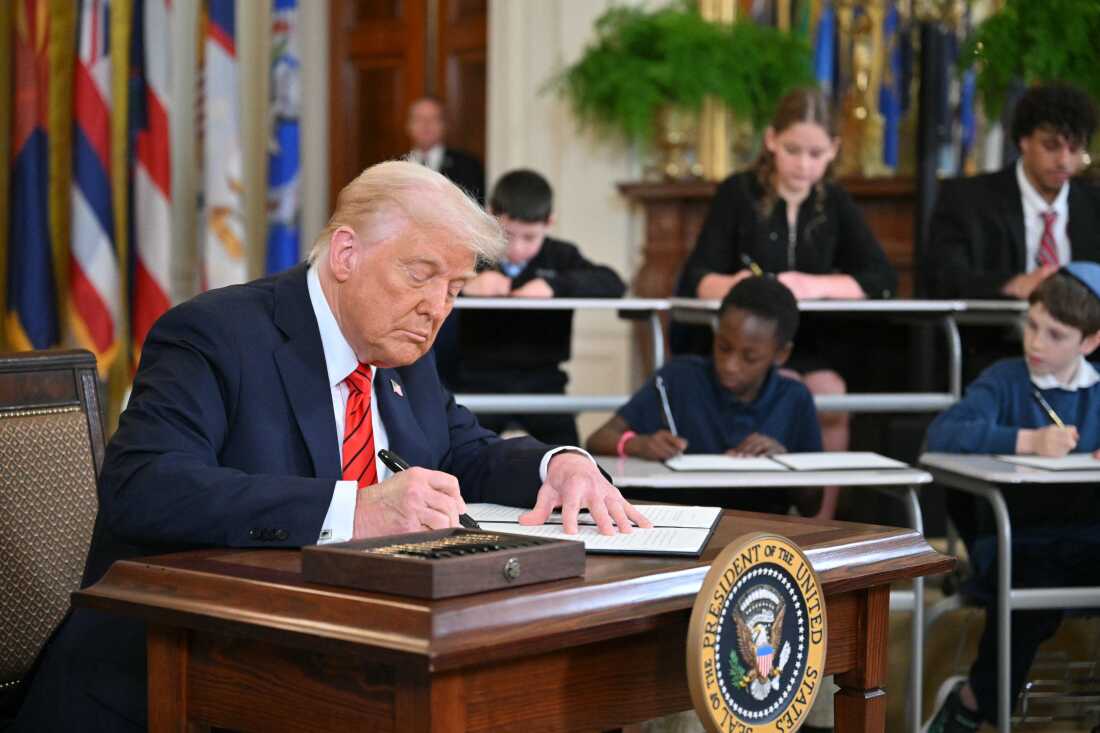
The administration argues this shift will ultimately improve classroom environments and educational effectiveness nationwide.
Another significant order signed by Trump promotes integrating artificial intelligence (AI) technologies into American classrooms, underscoring the administration's commitment to preparing students for the evolving job market.
Scharf explained that this order seeks to ensure students gain necessary competencies in AI, positioning them competitively in a rapidly developing economy where AI is becoming increasingly critical across various industries.
This strategic push towards incorporating AI tools into the education system reflects a broader governmental goal of future-proofing the American workforce.
By emphasizing AI education, the Trump administration aims to equip younger generations with essential technological skills, aiming to maintain America's economic competitiveness in a globalized marketplace that heavily relies on technological innovation.
Additionally, President Trump took direct aim at the higher education accreditation process through another controversial executive order. Accreditation is vital for universities, directly influencing their ability to access federal financial aid and maintain their institutional viability.
Trump's administration has accused many accrediting bodies of prioritizing what they describe as ideological biases—specifically "woke" ideologies—over academic merit and performance in their evaluations.
These allegations have been robustly contested by accreditation agencies, who insist their standards remain objective, evidence-based, and free of political influence.

They further highlight that institutions in states with explicit prohibitions on diversity, equity, and inclusion policies have not encountered accreditation issues, undermining the administration's claims of ideological bias.
Despite these rebuttals, Trump's executive order introduces considerable uncertainty and potential financial risk for universities. Loss of accreditation could profoundly affect institutions, restricting their eligibility for federal funding and student aid programs.
This threat has already materialized in dramatic fashion at Harvard University, where Trump recently revoked approximately $2 billion in federal funding.
The decision came as retaliation after the university allegedly failed to alter its policies in line with Trump's demands, prompting Harvard to initiate a legal challenge against the federal government.
Further complicating the situation, another executive order signed by Trump seeks stringent enforcement of existing laws concerning universities' disclosure of foreign financial contributions.
According to Scharf, the administration believes prominent institutions like Harvard have consistently violated disclosure requirements related to substantial foreign gifts, undermining transparency and potentially compromising national security.
This executive action aims to enhance regulatory oversight and ensure strict compliance with federal reporting laws, potentially exposing universities to significant legal and financial consequences if violations are discovered.
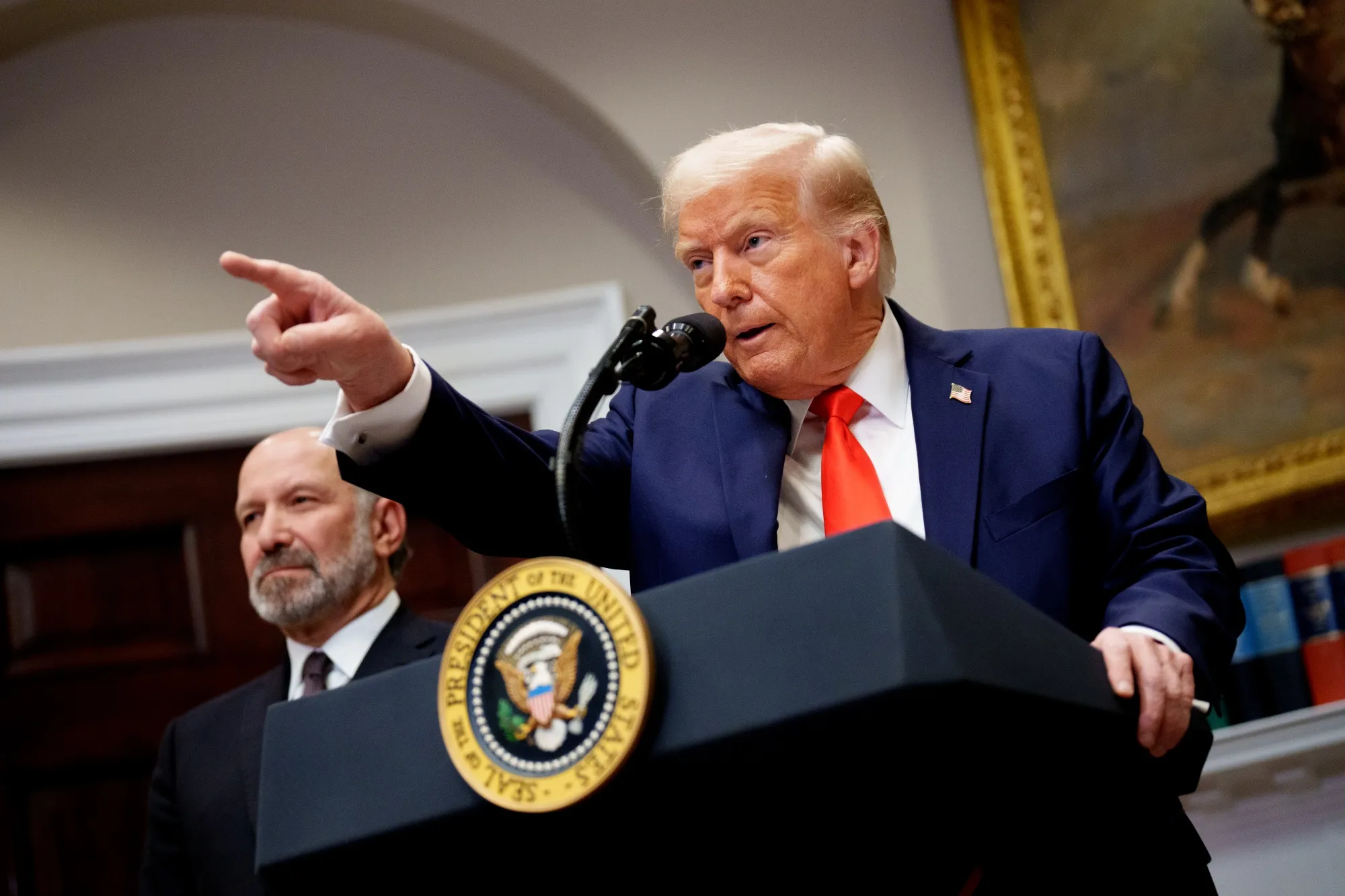
Critics suggest these actions reflect broader tensions between Trump and leading academic institutions, often perceived as political adversaries due to their progressive policies and outspoken faculty.
In a separate but related development, Trump also signed an executive order intended to support historically Black colleges and universities (HBCUs).
This directive establishes a new White House initiative explicitly designed to bolster HBCUs' capabilities, helping them to more effectively fulfill their educational missions and serve their communities.
Secretary McMahon elaborated that the Department of Education will actively collaborate with HBCUs to foster partnerships, share best practices, and enhance institutional capacities.
These efforts aim to transform HBCUs into key drivers of local economic development and community revitalization, highlighting the administration's stated commitment to supporting minority-serving institutions.
Finally, Trump's comprehensive suite of educational reforms also encompasses an executive order focused on workforce development and apprenticeships.
This directive intends to significantly expand apprenticeship programs nationwide, addressing a critical gap in vocational training and workforce readiness. McMahon emphasized that the administration seeks to support community-driven, career-aligned educational initiatives such as apprenticeships and dual enrollment programs.
Through these expanded apprenticeship opportunities, Trump’s administration aims to provide American workers with practical, marketable skills directly aligned with contemporary industry demands.
By prioritizing workforce development and vocational training, the administration underscores its commitment to enhancing employment outcomes and economic mobility for diverse populations.
Collectively, Trump's executive orders on education signal a major recalibration of federal educational policy, reflecting his administration's strategic priorities around discipline, technological innovation, higher education oversight, minority institution support, and workforce readiness.
While these actions have sparked considerable debate among educators, policymakers, and the public, their long-term implications remain uncertain.
Advocates argue that these policies represent necessary reforms to address current deficiencies and ensure America's competitive edge in a rapidly evolving global economy.
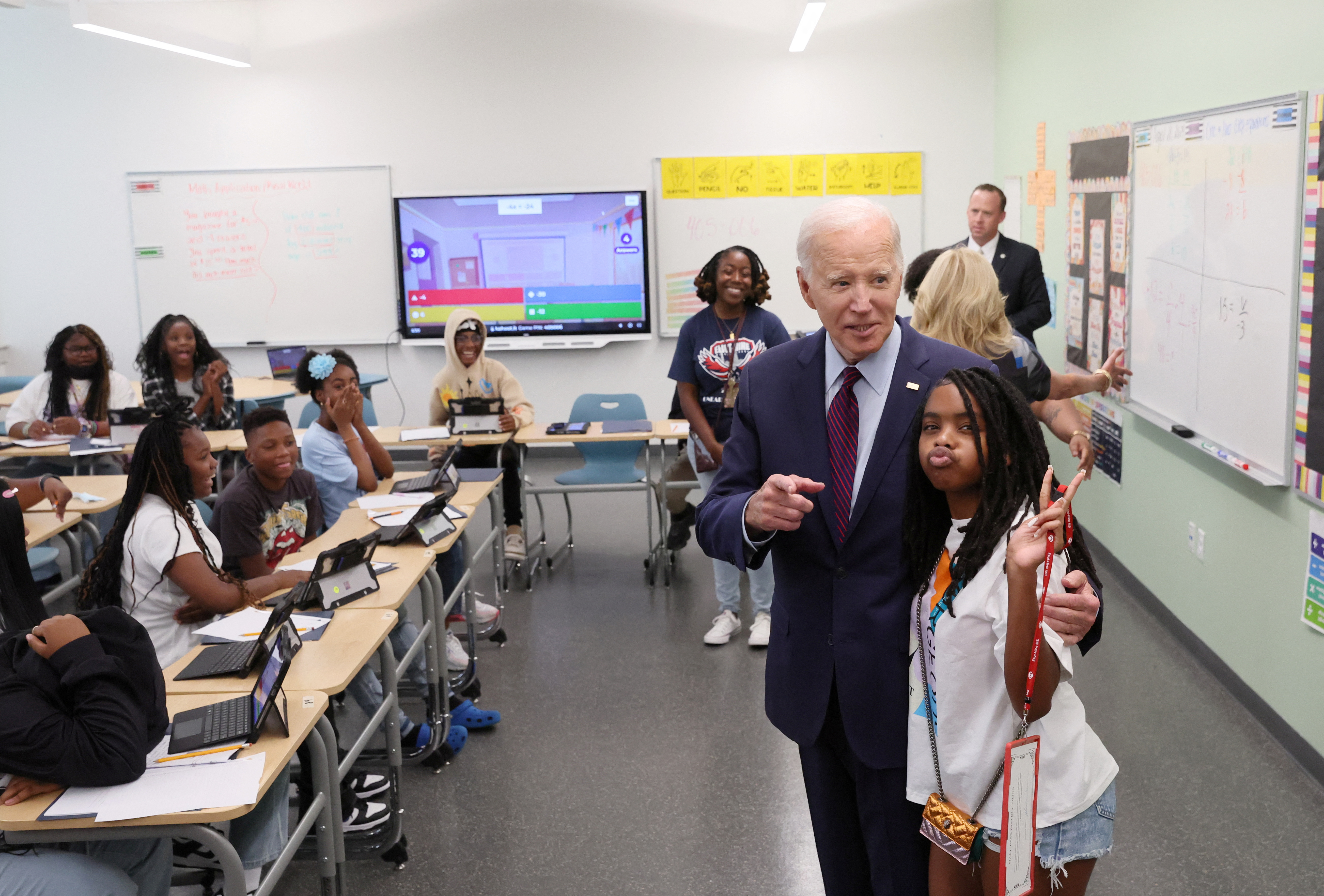
However, critics warn these executive orders could significantly disrupt established educational frameworks, potentially undermining institutional stability and academic freedom.
Ultimately, Trump's sweeping educational reforms represent a pivotal moment, highlighting sharp ideological divides over education governance, institutional autonomy, and pedagogical priorities.
As educators and institutions nationwide grapple with the practical implications of these policy changes, ongoing debate and potential legal challenges may significantly shape their ultimate implementation and impact.
